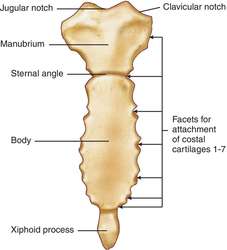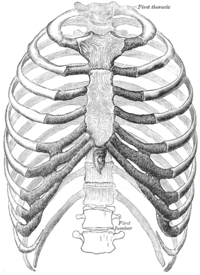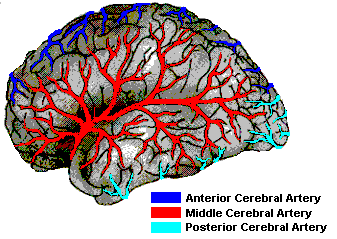Thiamine - B1 - coversion of pyruvate to acetyle co A for Krebs - beri beri, wernicke's encephelopathy, korsakoff's psychosis
Riboflavin - B2 - FADH - Electron acceptor -
Nicotinic acid - B3 - NADH - Electron acceptor - pellagra
Pantethonic acid - B5 - Coenzyme A
Pyridoxine - B6 - Transamination and amino acid metabolism - - dermatitis
Folic acid - B9 - tetrahydrofolate for nucleic acid synthesis - macrocytic anemia
Vitamin B12 - Cofactor for several enzymes - pernicious anemia
Riboflavin - B2 - FADH - Electron acceptor -
Nicotinic acid - B3 - NADH - Electron acceptor - pellagra
Pantethonic acid - B5 - Coenzyme A
Pyridoxine - B6 - Transamination and amino acid metabolism - - dermatitis
Folic acid - B9 - tetrahydrofolate for nucleic acid synthesis - macrocytic anemia
Vitamin B12 - Cofactor for several enzymes - pernicious anemia























